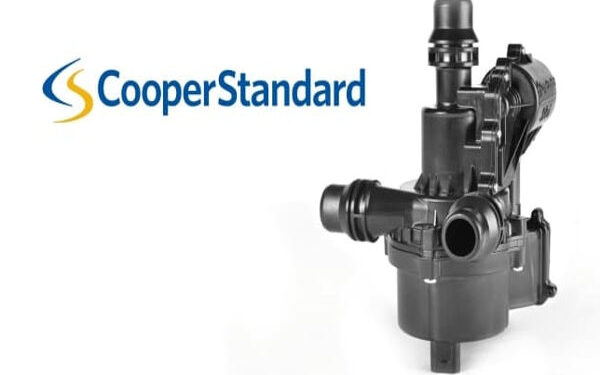Manufacturers of automotive components are coming up with new ideas to help automakers streamline their thermal management systems, which will increase vehicle efficiency and range as the industry moves toward an electrified future. Recently, Cooper Standard introduced the first item in its new eCoFlow line.
The eCoFlow Switch Pump is a cohesive coolant control module that integrates the features of an electrically driven valve and an electric water pump. It was created in partnership with the Saleri Group of Italy. This scalable fluid control system works well with all kinds of powertrains, but it shines when it comes to the intricate glycol thermal management that fully electric or hybrid cars demand. It makes fluid flow switching, splitting, and regulating easier. It combines the functions of water pumps and valves into a single device, greatly increasing automotive efficiency by reducing electrical wire, packing area, and part count.
The vehicle’s thermal management system is streamlined and overall efficiency is increased with the help of the innovative eCoFlow Switch Pump, according to Chris Couch, President of Fluid Handling Systems and Chief Technology Officer at Cooper Standard. According to Couch, this novel approach not only produces noteworthy cost savings but also presents options that can reduce the quantity of battery cells needed to achieve the intended driving range, hence reducing the carbon footprint of the vehicle.
According to Cooper Standard, the eCoFlow system increases the effectiveness of thermal management by doing away with waste and pressure drops that are commonly associated with traditional pumps and valves.
Smoother flow transitions are guaranteed by the eCoFlow system’s design enhancements, which also lessen pressure spikes and pulsations that could otherwise result in system noise. Advanced fluid management and pumping are handled by a single electrical connection, removing the need for additional connectors, wire harnesses, and input/output channels for the vehicle. When compared to the conventional components it replaces, the system might occupy around half the space thanks to its integrated approach.







